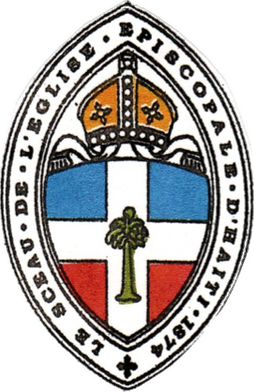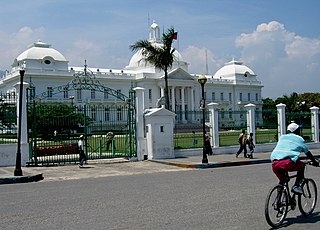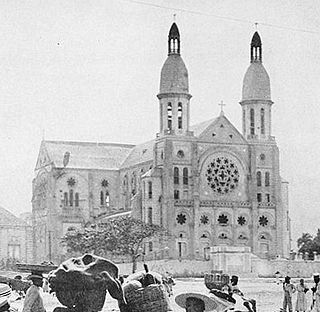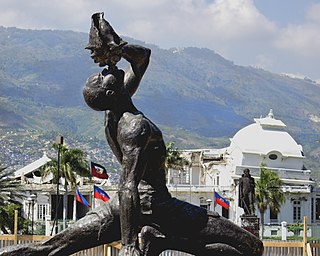Self-guided Sightseeing Tour #1 in Port-au-Prince, Haiti
Legend
Tour Facts
2 km
28 m
Experience Port-au-Prince in Haiti in a whole new way with our free self-guided sightseeing tour. This site not only offers you practical information and insider tips, but also a rich variety of activities and sights you shouldn't miss. Whether you love art and culture, want to explore historical sites or simply want to experience the vibrant atmosphere of a lively city - you'll find everything you need for your personal adventure here.
Individual Sights in Port-au-PrinceSight 1: Port-au-Prince Cathedral
The Cathedral of Our Lady of the Assumption, often called Port-au-Prince Cathedral, was a cathedral in Port-au-Prince, Haiti. Built between 1884 and 1914, it was dedicated on December 13, 1928, and became the cathedral church of the Roman Catholic Archdiocese of Port-au-Prince. The cathedral was destroyed in during the devastating 2010 Haiti earthquake.
Wikipedia: Cathedral of Our Lady of the Assumption, Port-au-Prince (EN)
Sight 2: St. Trinitee church

The Episcopal Diocese of Haiti is the Anglican Communion diocese consisting of the entire territory of Haiti. It is part of Province 2 of the Episcopal Church in the United States of America. Its cathedral, Holy Trinity located in the corner of Ave. Mgr. Guilloux & Rue Pavée in downtown Port-au-Prince, has been destroyed six times, including in the 2010 Haiti earthquake.
Sight 3: Marron Inconnu
Le Marron Inconnu de Port au prince, shortened as Le Marron Inconnu, also called Neg Marron or Nèg Mawon, is a bronze statue of a runaway slave, better known as a maroon, standing in the center of Port-au-Prince, Haiti. Completed on September 22 1967 by Haitian architect Albert Mangonès, the statue is regarded as a symbol of black liberation; commemorating in particular, the rallying cry that sparked the Haitian Revolution and the abolishment of slavery. Situated across from the National Palace, it is the nation's most iconic representation of the struggle for freedom.
Sight 4: National Palace

The National Palace was the official residence of the president of Haiti, located in the capital Port-au-Prince, facing Place L'Ouverture near the Champs de Mars. It was severely damaged during the 2010 Haiti earthquake. The ruins of the building were demolished in 2012 under the Martelly administration, and plans to rebuild the palace were announced by then-president Jovenel Moïse in 2017, but it is unclear if or when reconstruction will begin.
Sight 5: Musée du Panteón National
The Musée du Panthéon National Haïtien (MUPANAH) is a museum featuring the heroes of the independence of Haiti, the Haitian history and culture.
Sight 6: Rex Théatre
The Rex Theater is a venue in Port-au-Prince, Haiti that opened in October, 1935. It was built by the Société Haïtienne des Spectacles, led by Daniel Brun. The theater seated 1,200 people and was managed by Mrs. Muffat Taldy until 1951.
Share
Disclaimer Please be aware of your surroundings and do not enter private property. We are not liable for any damages that occur during the tours.
GPX-Download For navigation apps and GPS devices you can download the tour as a GPX file.


